Twenty-one years ago, Toyota shook the supermini sector with the introduction of the European-focused Yaris. Built to be compact on the outside yet spacious on the inside, the new contender was a smash hit from day one. Since then the Yaris has accumulated around 600,000 sales in the UK and more than four million in Europe, and it remains our best-selling model in this continent.
But what else has the Yaris achieved over those 21 years at the top? These are our 21 highlights. Can you remember them all? Don’t forget to tell us about your personal Yaris memories in the comments below this article.
1. Yaris at 21: a twinkle in Toyota’s eye
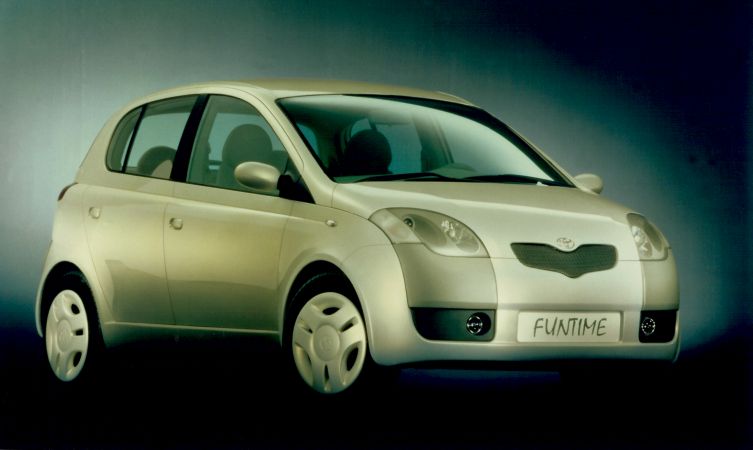
Shown at the 1997 Frankfurt Motor Show, the Toyota Funtime concept provided design inspiration for the future production Yaris. It was one of a trio of small car concepts styled by Greek designer Sotiris Kovos working from Toyota’s new European design studio. The Yaris therefore became the first global Toyota model designed in Europe primarily for the European market.
2. Yaris at 21: a cornucopia of innovations
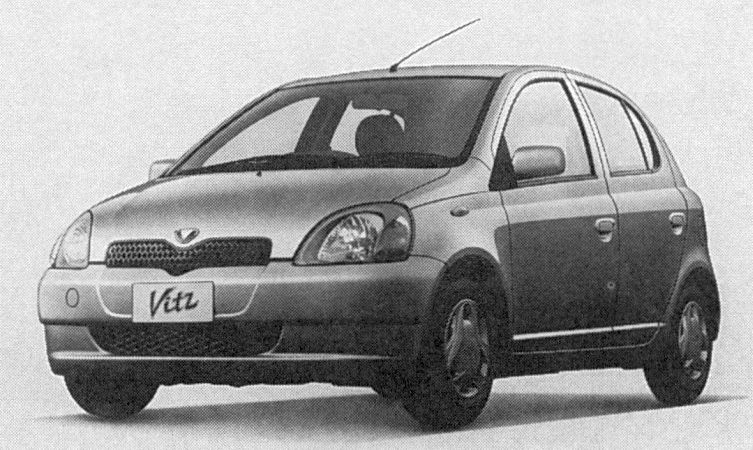
On its domestic launch on 13 January 1999, the Japanese version of the new Yaris was described as offering “a cornucopia of class-leading innovations”. Examples included the largest interior space, smallest turning circle, most slippery shape and the best NVH (noise, vibration and harshness) performance in its class. Every major component was completely new. And though it offered a displacement of just one litre, the launch engine was a technological titan.
3. Yaris at 21: the Mighty Atom
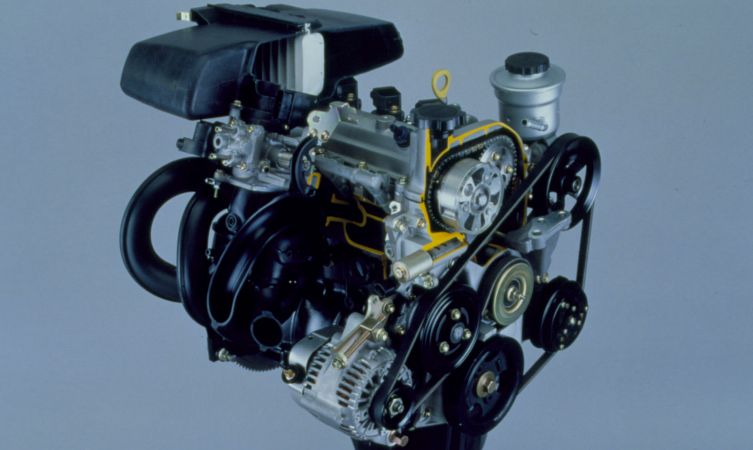
Soon after the Yaris’s UK launch in April 1999, its 1.0-litre engine was voted the best in the world at the first International Engine of the Year Awards. Nicknamed the Mighty Atom, the 998cc and 67bhp four-cylinder petrol engine was praised for its fuel efficiency, eco-friendliness, advanced technical content and good driveability. “Its power and refinement belie its small capacity,” said one judge. A 1.3-litre version of this engine arrived in October 1999.
4. Yaris at 21: best laid plans
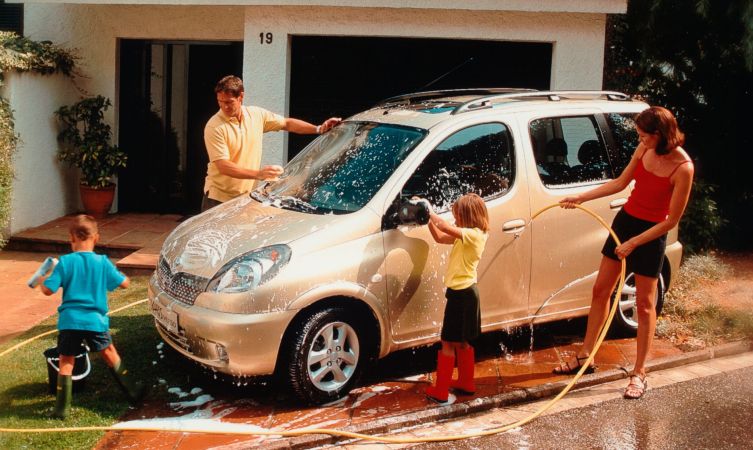
Developed primarily for young families, the Yaris Verso arrived in January 2000 and offered astonishing interior space and modularity within a supermini footprint. We envisaged the seats being folded down into the boot floor so that its cavernous 2,160 litres of load space could be filled with camping equipment, mountain bikes and all sorts of lifestyle goodies. Or that families could spend quality time together keeping the car clean. As it turned out, the demographic most attracted to the Yaris Verso were those whose families had flown the nest.
5. Yaris at 21: freedom and fashion
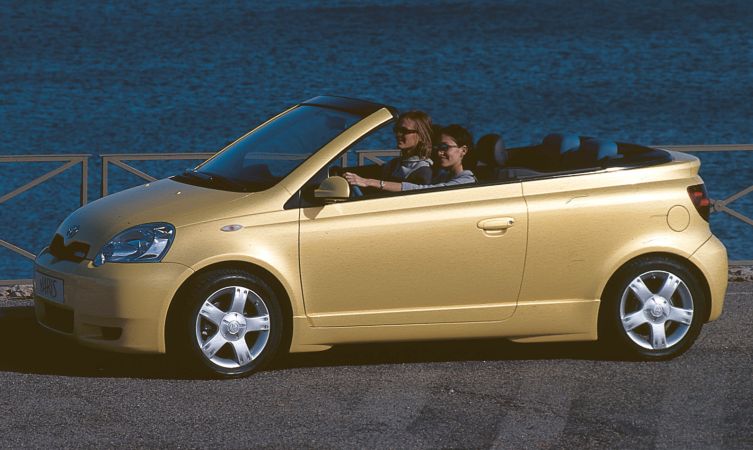
Ah, that’s more like it. The Yaris Cabrio concept shown at the Geneva Motor Show of 2000 was similarly pitched at younger generations yet offered even more headroom than the Verso. Although the concept never made production, it’s only with hindsight that we now appreciate how its more dynamic appearance and revised, teardrop-style headlights provided an early indication of both the forthcoming T Sport model and the mid-life facelift that wouldn’t arrive until May 2003.
6. Yaris at 21: build where sold
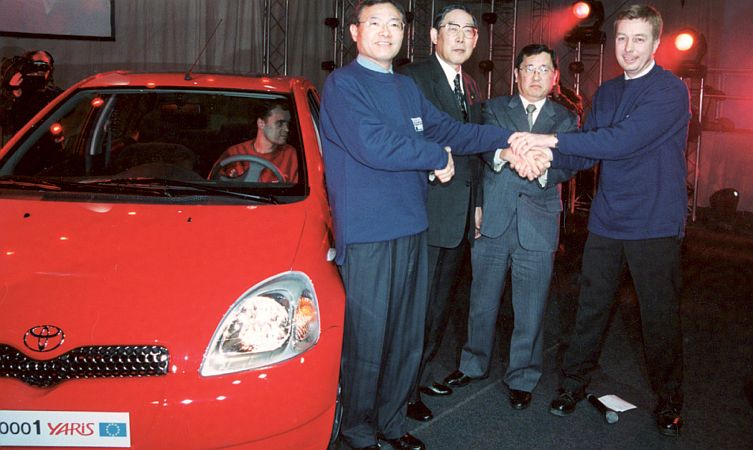
On 31 January 2001 the first Toyota Yaris to be made in Europe rolled off the production line at the newly inaugurated Toyota Motor Manufacturing France (TMMF) plant in Valenciennes. This beginning was well-timed, for sales of the Yaris – which had just made motoring history by being named Car of the Year in both Japan and Europe – were outstripping supply coming from Japan. By the summer of 2001, the plant switched to a two-shift rota to keep up with demand.
7. Yaris at 21: launches a new performance brand
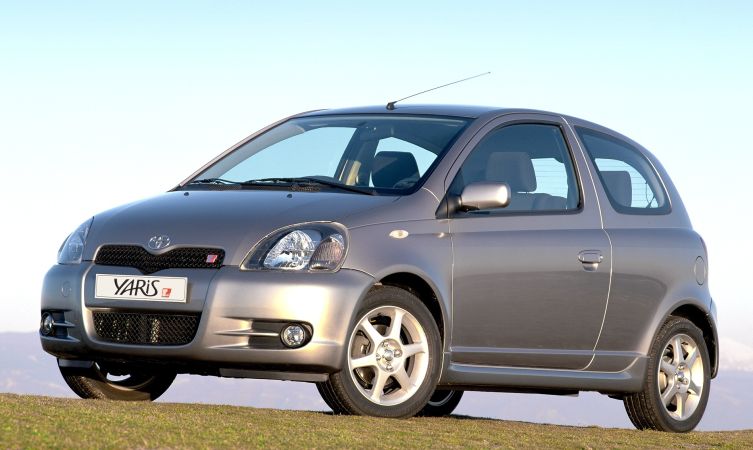
Precisely two years after the Yaris was launched in the UK, the range was broadened with the arrival of a three-door T Sport model – the first to debut our new performance brand. While the on-paper figures of this new 1.5-litre, 105bhp Yaris suggested it was warm rather than hot in nature, its 0-62mph time of 9.0 seconds was quicker than some 1.6-litre rivals and it offered better economy and more mid-range get-up-and-go than any other comparable car in the class.
8. Yaris at 21: Big Car Thinking
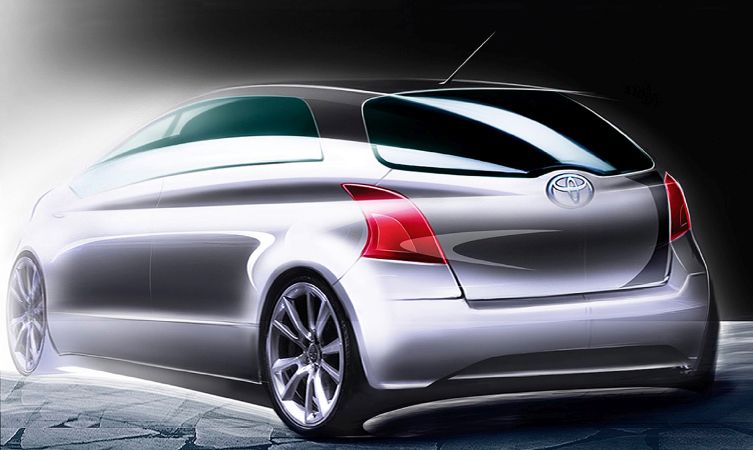
Sales of the first-generation Yaris had risen year-on-year since its launch in 1999. But the second-generation car, launched in the UK in January 2006, beat the so-called sophomore slump with significant advances in quality, safety and versatility. With only modest increases in dimensions, the development team’s Big Car Thinking delivered class-leading space and five-star crash safety. In fact, this Yaris was the first Toyota model developed using our more stringent in-house crash test standards. A total of nine air bags were installed throughout the cabin, including the first knee bag in the segment.
9. Yaris at 21: Who wants to be a millionaire?
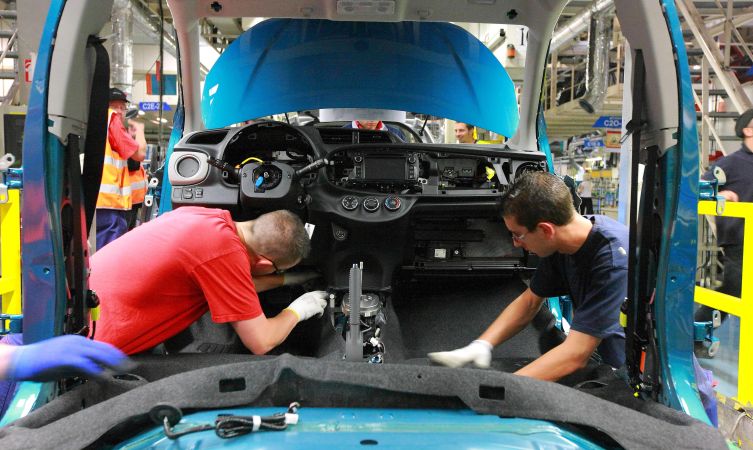
Forty years after Toyota’s modest entry into the UK car market with a single model, March 2006 saw us sell our two-millionth car in the country. And that car was a second-generation Toyota Yaris. A few months afterward, in December 2006, the millionth Yaris rolled off the assembly line at TMMF. At that time, a three-shift work pattern meant that 262,000 Yaris were coming off the production line every year; which meant that less than five years later, the accumulated total had reached two million. If these were parked nose-to-tail, the queue would run for 4,600 miles, the equivalent of London to Kathmandu.
10. Yaris at 21: large heartedness
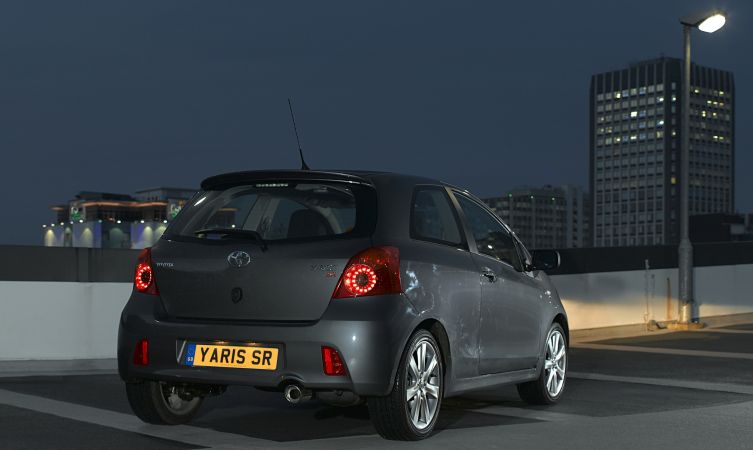
A new flagship Yaris arrived in April 2007, which recreated the spirit and performance figures of the original T Sport model. But it was now called the SR 1.8 as it was joined by less powerful SR models further down the range. Interestingly, the SR 1.8 was the first Toyota to be powered by our new 1.8-litre Dual VVT-i petrol engine, which remains the largest displacement ever installed in the Yaris. It also used a number of unique components sourced from the Japanese domestic market Vitz RS: the front and rear bumpers and rear combination lamps with their distinctive LED ring.
11. Yaris at 21: real deal racer
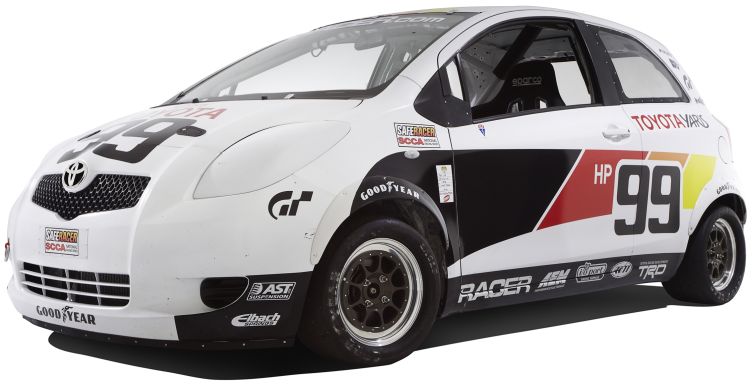
The 2010 SEMA aftermarket tuning show saw Toyota seize the opportunity to treat the model to a racing makeover, complete with classic livery inspired by the all-conquering IMSA GTP Eagle Toyota cars in the 1990s. The Yaris GT-S Club Racer was created by SportsCar Magazine and was no show pony; it was the real deal. Stripped-out, caged, lightened with composite parts, and tuned to 145bhp, this feisty little track machine proved to be a double class winner in that year’s Sports Car Club of America competition.
12. Yaris at 21: future-proof safety
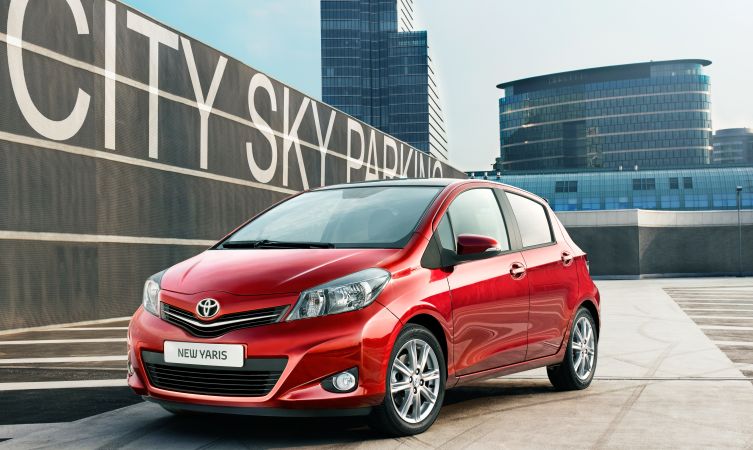
The third-generation Yaris arrived in the UK in September 2011. It marked the culmination of unprecedented lengths being taken to ensure the new car met more exacting quality standards than any of its predecessors. Soon after its launch, these engineering efforts were recognised with a five-star safety rating from Euro NCAP. Not only was this the third successive generation of Yaris to receive a five-star rating, it exceeded the standards of the 2011 test programme to such an extent that it complied with the five-star threshold that wouldn’t be introduced until 2012.
13. Yaris at 21: a compelling proposition
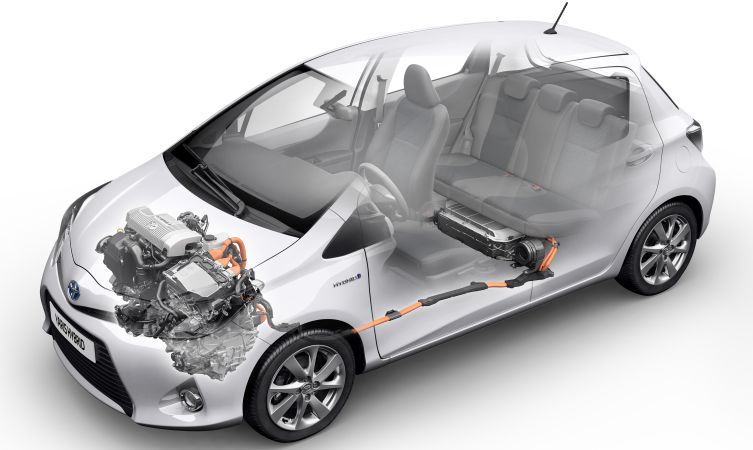
The first Yaris Hybrid arrived in the UK in July 2012 with some of the most compelling reasons for purchase the motoring world had ever seen. Here was a car bursting with hybrid tech yet required zero compromises in terms of passenger or luggage space. And what’s more, it offered an unrivalled combination of highs and lows: high fuel economy (80.7mpg), low price (from less than £15,000 on the road), the lowest emissions of any combustion engine vehicle in the mainstream market (79g/km) and the lowest Benefit In Kind taxation band.
14. Yaris at 21: an early Meister
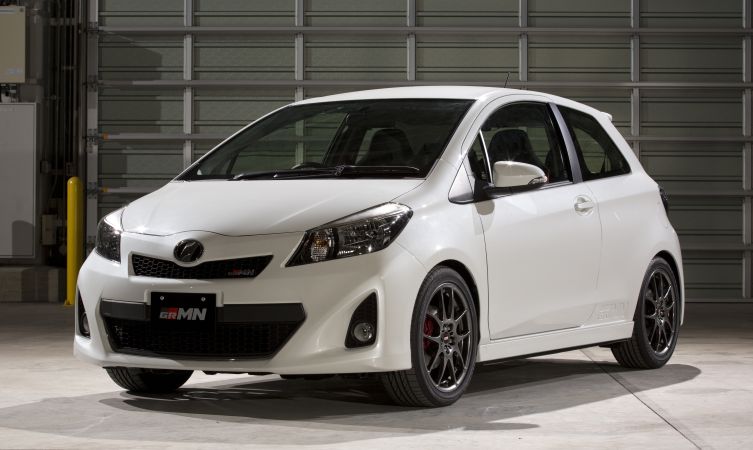
Car manufacturers sometimes unveil concept vehicles and say that they’re displaying them in order to gauge public opinion. In Toyota’s case, that’s often true. Because as we’ve already seen, the Funtime concept led to Yaris, Yaris Cabrio led to T Sport, and Yaris HSD led to Yaris Hybrid. But this is perhaps an obvious one: the GRMN Yaris Turbo concept, revealed at the Tokyo Auto Salon in January 2013. Though relatively modest in appearance, it was under the skin where most of the work had been done. Which neatly set the pattern – if not the method of forced-induction – for the skunkworks-style production GRMN Yaris that arrived five years later.
15. Yaris at 21: when WEC tech hits the road
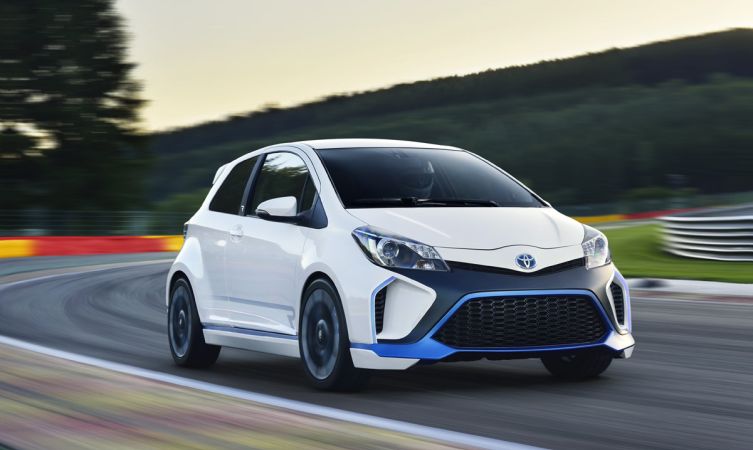
The Yaris Hybrid-R concept, displayed at the 2013 Frankfurt Motor Show, is the most radical and powerful Yaris ever built – more so than even the new GR Yaris. And that’s because its hardware came from the most technically advanced car in the world’s most technically advanced motorsport. Its drivetrain consisted of a 1.6-litre turbo petrol Global Race Engine powering the front wheels and three 60bhp electric motors running off a super capacitor rather than a battery. An electric motor was built into each rear wheel, while the third was positioned between the engine and gearbox. It was a combination gave the Yaris Hybrid-R intelligent all-wheel drive and a total system output of 414bhp.
16. Yaris at 21: Europe does the double
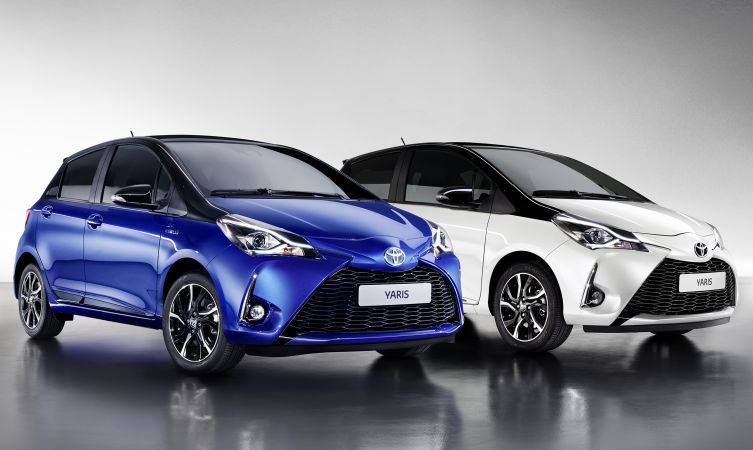
The third-generation Yaris has enjoyed a couple of significant refresher courses during the course of production. The 2014 revision was the result of a £70 million, 576,000 hour and 1,000 component R&D project entrusted in the majority to Toyota Motor Europe. This marked a major milestone in Toyota history, being the first tangible application of new product planning advocated by president Akio Toyoda in his Global Vision in 2011. So successful was this programme that it was repeated for the 2017 (see above) revision, which saw a further €90 million invested in more than 900 new parts – including a new, highly efficient 1.5-litre engine and the standardisation of Toyota Safety Sense across the range.
17. Yaris at 21: back after 17 years
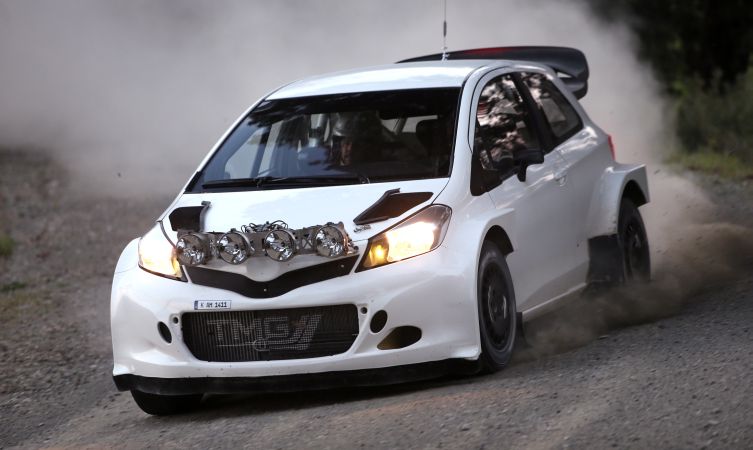
This photo, released in January 2015, signalled Toyota’s intention to return to the World Rally Championship in 2017 with a specially prepared Yaris. Considering that our WRC heritage included winning 43 events and securing three manufacturers’ titles between 1973 and 1999, it had to be good. And the Yaris most certainly was. The Toyota Gazoo Racing World Rally Team is now entering the fourth year of WRC participation, having claimed the drivers’ and co-drivers’ titles in 2019 to add to the manufacturers’ crown in 2018. The 2020-spec Yaris has been improved through further weight reduction and an upgraded engine.
18. Yaris at 21: limited in number not ability
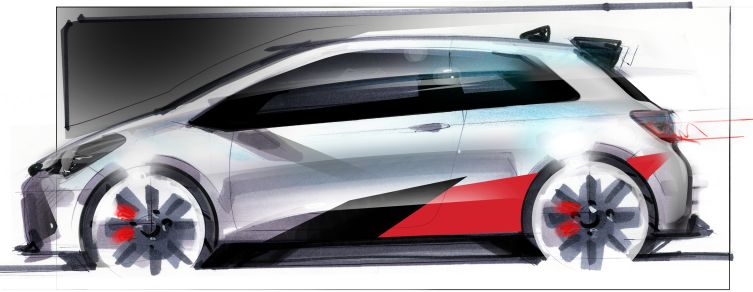
Though clearly inspired and influenced by the new Yaris WRC, the 400-unit, limited edition Yaris GRMN of 2017/18 also stayed true to its lesser-known 2013 concept in being tuned more for the track than the rally stage. Hence the Gazoo Racing Meister of Nürburgring badging. Sometimes affectionately referred to as the ‘Gremlin’, the GRMN was a feisty little number with a skunkworks feel and an enthusiast focus. Key to this temperament was its 1.8-litre engine (incidentally, the same unit fitted to the Yaris 1.8 SR back in 2007) that had been supercharged to 209bhp for the liveliest possible life at the red line – a feature that made it unique among its class.
19. Yaris at 21: continent crusher

One of the most remarkable customer stories from these 21 years belongs to Dan Handley and Dave Brooks. During the summer of 2018, the intrepid duo from Toyota specialist Fensport Performance drove all the way from the UK to Japan in a 16-year-old Yaris T Sport, raising a bumper sum for the BBC’s Children in Need appeal. The cross-continent adventure took them through 13,884 miles and 22 countries in just 59 days – an average of 235 miles a day across some incredibly harsh terrain. The £1,000 machine was chosen for its sturdy mechanicals and became the pair’s home on wheels as the majority of nights were spent camping on the roadside.
20. Yaris at 21: fourth-generation revealed
October 2019 saw the world unveiling of the new fourth-generation Yaris, which promises to renew the model’s reputation for ground-breaking achievements. When it arrives in the second half of 2020, the Yaris will introduce Toyota’s modular platform for small cars, ushering in a new level of style, practicality, driving enjoyment and safety. It also marks the debut of fourth-generation hybrid technology, a 1.5-litre system that is effectively a three-quarter size version of the 2.0-litre system found in the Corolla.
21. Yaris at 21: spiritual successor to the GT-Four

We’ve arrived at highlight number 21. And if this is what coming of age does for a model, bring it on! Revealed only last week, the new pure performance GR Yaris is developed directly from World Rally activity with Tommi Mäkinen Racing. It will be our second global GR model and homologated for future World Rally Championship competition, like a spiritual successor to the Celica GT-Four. Its new 1.6-litre three-cylinder turbo engine produces 257bhp, delivered through a new lightweight GR-Four all-wheel drive system, while its aerodynamic and lightweight body design endows it with a power-to-weight ratio of 5kg per bhp.
Learn more: History of the Toyota Yaris
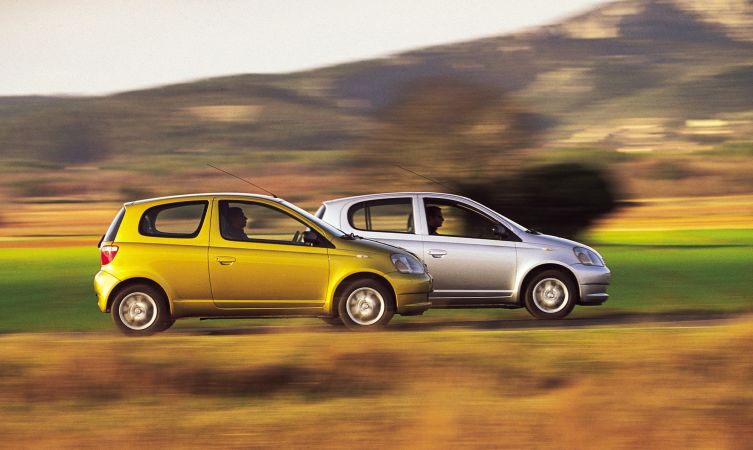

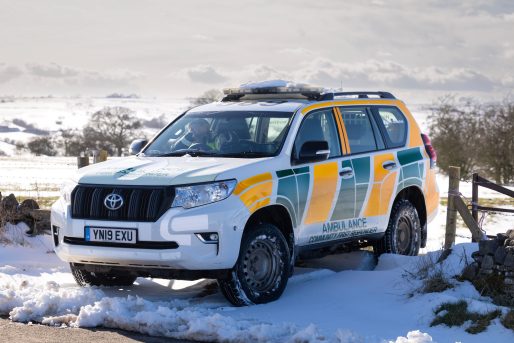
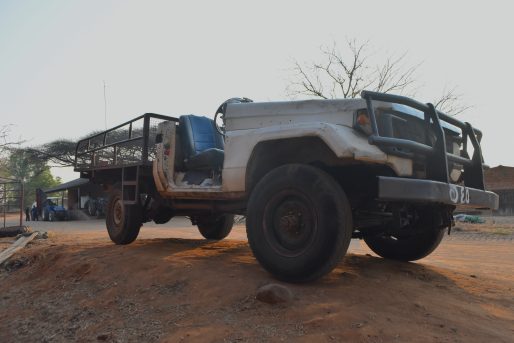
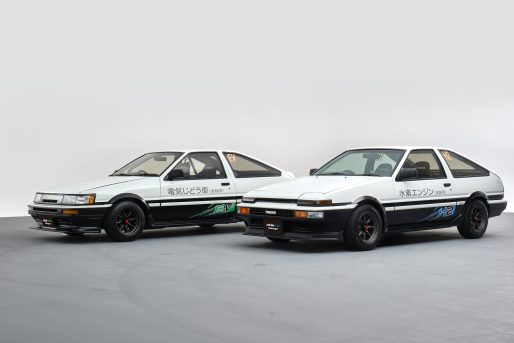
I am the owner of a 2020 Yaris vvt-iY 20 petrol 1.5 Yaris .
The only information I ever see describes Yaris Hybrids or fully electric models.
Is there any information anywhere which relates to my car —
Regards